|
Yoga in the Garden with a therapeutic dog and baby goat will be presented on Monday, July 8th from 4-5:30 p.m. and again on Tuesday, July 9th from 9:30-11 a.m. at the Spooner Display Gardens on Orchard Lane just off HWY 70. Instructor is Deb Nebel. Please bring a towel for your child.
Kids yoga may help your child keep focused, build comprehension, and problem-solve effectively. Many of our "Little Learners" face extreme challenges. We hope to see great results from our students in the classroom and in their personal relations. Kids In the Garden is a free program sponsored by North Country Master Gardeners as part of our educational offerings to the public. Yoga in the Garden is the third in a five series Summer program that was started in 2018. Please see our full schedule for Kids in the Garden.
0 Comments
Fruit and Herb Infused Water For a fun way to stay hydrated, try infused water. It is easy to do. Here are a few fun ideas. Blueberry and Lemon Verbena Strawberry and Chocolate Mint Cucumber and Peppermint Orange and Basil Just add the fruit and herb to your water, let it sit for a few hours or press the leaves for more flavor. Add ice cubes and enjoy. Join us at the Annual Twilight Tour to see our herb garden. We will be sharing recipes, giving out samples and much more. Annual Twilight Tour in the Teaching and Display Garden Tuesday, August 13, 4:00 to Twilight Featuring guest speakers, demonstrations, displays, vegetable tastings AuthorCarla TePaske ~ UW-Extension Master Gardener Volunteer The vegetable beds have been planted and the display beds are beginning to show evidence of the creativity intended by the gardeners. The vegetables are doing well in colorful grow bags and the straw bale bed. The All-America Selection display beds have been completed by the trainees in the just completed Master Gardener Level 1 training. In a few weeks you will be able to see what is intended with the Recycle, Repurpose, and Re-imagine theme for 2019. The Teaching and Display Garden is open for self-guided tours during day light hours daily from mid-May through mid-September. Meet Me in the Garden series starts on July 16 at 6:00 pm - we hope you plan on attending.
Author and photos by Sue Reinardy, UW-Extension Master Gardener Volunteer It is always great to get plants at reduced prices at yard sales, flea markets and the local garden club plant sales. It's even better to get them free from friends and neighbors but there are a few things you should know to protect your gardens, ensure success and avoid wasting your time and money.
Helpful guide in diagnosing plant health https://extension.psu.edu/diagnosing-poor-plant-health Invasives in Wisconsin https://dnr.wi.gov/topic/Invasives/what.html https://hort.extension.wisc.edu/topics/other/weedsinvasive-plants/ Where to find free and cheap plants https://www.thespruce.com/get-cheap-free-garden-plants-2736879 Article and photos by Pam Davies, North Country Master Gardener Volunteer.
If you are traveling in the Philadelphia area I highly recommend this list of gardens, all quite different. Seeing woodland spring ephemerals in different settings taught me a new appreciation for what I tend to take for granted here at home. Anytime during their long growing season these gardens will teach, display and provide pleasure to their visitors. Morris Arboretum – As the name implies the arboretum is a teaching and research facility of the University of Pennsylvania. It is set on the historic grounds of the summer home of John and Lydia Morris. They have informative displays of trees, shrubs, and woodland perennials. Longwood Gardens – One of many du Pont family gardens in the area. The gardens are spread about on 1,100 acres of highly manicured display gardens. We were there for six hours, more than enough time to see almost everything and spend time in their excellent garden shop. According to their website they raise 75 percent of the plants used in their displays onsite producing about 110,000 plants of 1,000 different varieties. Nearby is Kennett Square, a tidy small town with many retail shops and restaurants. Mt. Cuba Center – The Center is set in the rolling hills of the Delaware Piedmont near Wilmington. The property was developed by Mr. and Mrs. Lammot du Pont Copeland. Mrs. Copeland is quoted in their intention for the property: “I want this to be a place where people will learn to appreciate our native plants and to see how these plants can enrich their lives so that they, in turn, will become conservators of our natural habitats.”. If you go, I recommend scheduling a tour by one of their very knowledgeable tour guides. If you can’t go to Mt. Cuba Center, you can still learn much by going to their website. I have bookmarked as one of my favorites the native plant finder. Winterthur – The home of Henry Francis du Pont, the 1,000 acres near Wilmington, DE includes 60 acres naturalist gardens, a research library, shops, museum, and the mansion chock full of American textiles and furniture. The gardens are more in the background of Winterthur given all the other attractions of this property. Chanticleer - This garden was the last we visited, and I think the best. Chanticleer is set on 47 acres of the former home of the Rosengarten family, members of the family still guide the foundation that manages the property. This unique property employs seven Horticulturists who are each responsible for an area of the grounds. Chanticleer advertises itself as a pleasure garden and definitely lives up to that name. We felt as if we were invited guests, the horticulturists and grounds staff were about the grounds ready to answer our questions. What a treat to have visited these gardens, each one unique in its own way. And the Winnebago Master Gardener Volunteers are wonderful traveling companions.
Author: Sue Reinardy, UW-Extension Master Gardener Volunteer County fairs are the highlight of the summer season in NW Wisconsin rural communities. They bring folks together like no other events and provides a showcase for area agriculture--the economic engine that makes rural life possible. From farm animals and machinery to home canning and crafts, the county fair is a great place to see what's happening in your community. Exhibiting and competing is not just for 4H kids. Everyone can get involved. And the more involved you are, the more fun it is. If you have never exhibited at your local county fair, you don't know what you are missing!
Now is the time to get started while deadlines are still a ways off. There are many divisions and categories to choose from from livestock and pets to clothing, arts, photography, woodworking, computers, food and nutrition and of course veggies, plants and flowers! The open divisions allow adults to enjoy the fair experience and some friendly competition. Not only can you share your gardening prowess, and enjoy the entries of your fellow gardeners, there are often cash premiums awarded for ribbon winners. And then there are the bragging rights!! To get started, check-out the county specific information listed below. For gardeners, you may be especially interested in the agricultural divisions of Plant & Soil Science or Flowers & House Plants. Check out these publications available through UW Madison Extension Learning Store (http://learningstore.uwex.edu) A3306 “Exhibiting and Judging Vegetables" and A2935 “Evaluating and Judging Flowers and Indoor Plants” for guidance and helpful tips. Entries are judged on freshness, uniformity, and quality. Entries should be precisely the number and type listed in the Exhibitor’s Handbook for each fair. An entry form is required by a due date specified for each fair. Fair books with the entry forms are available online at the sites listed below. They can also be found locally at various stores and businesses. Burnett County Fair/ Grantsburg August 22-25, 2019 (deadline for pre-registration August 8) Central Burnett County Fair/ Webster September 20-22, 2019 (deadline for pre-registration September 12)
Article and photos submitted by Pamela Davies MGV 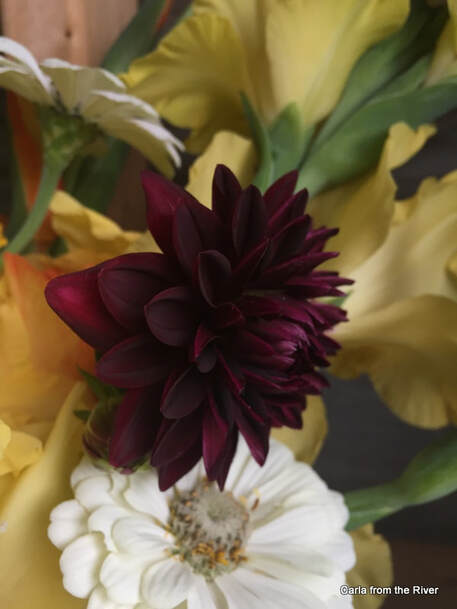 Planting Dahlias
Click on the below link for more information on tips and tricks with growing dahlias. How to Grow Dahlias - Floret Flower Farm www.floretflowers.com/resources/how-to-grow-dahlias/ The NCMG have a Dahlia garden starting to sprout.. come and visit the www.northcountrymgv.org/teaching--display-garden.html |
|
| North Country MGV | gARDEN bLOGS |
Location |
|
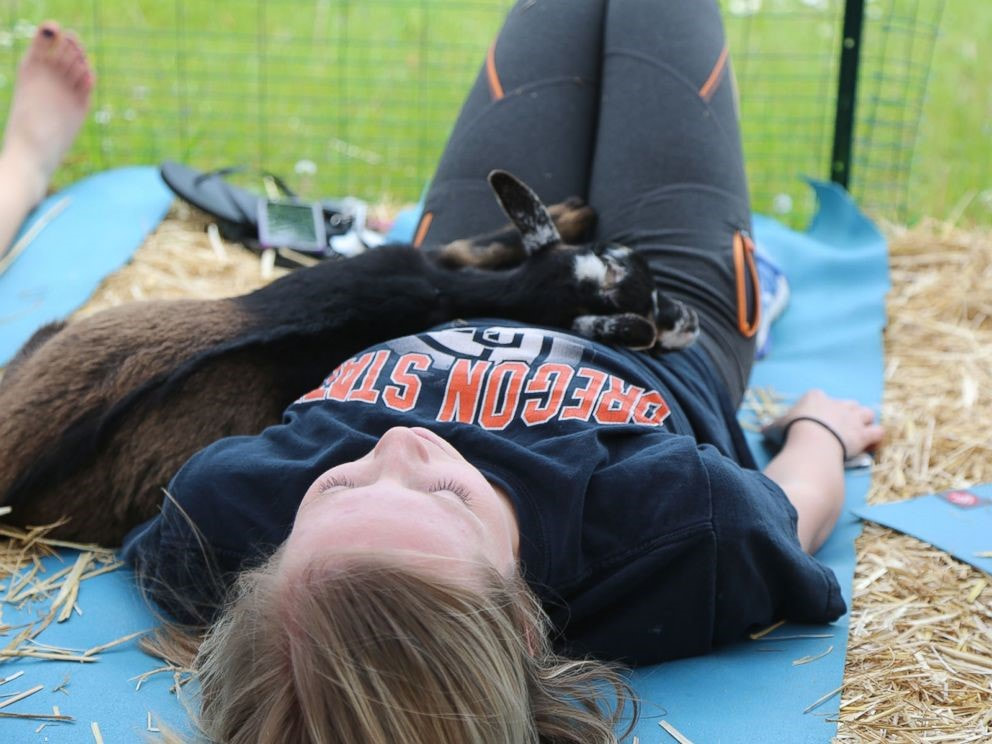

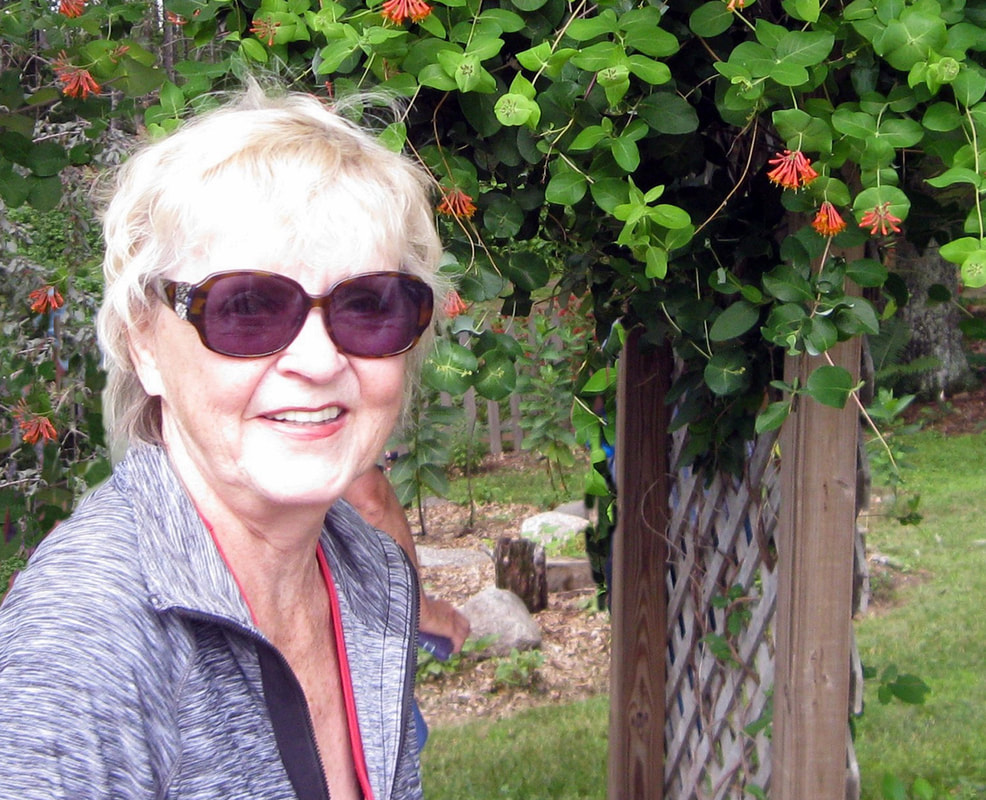
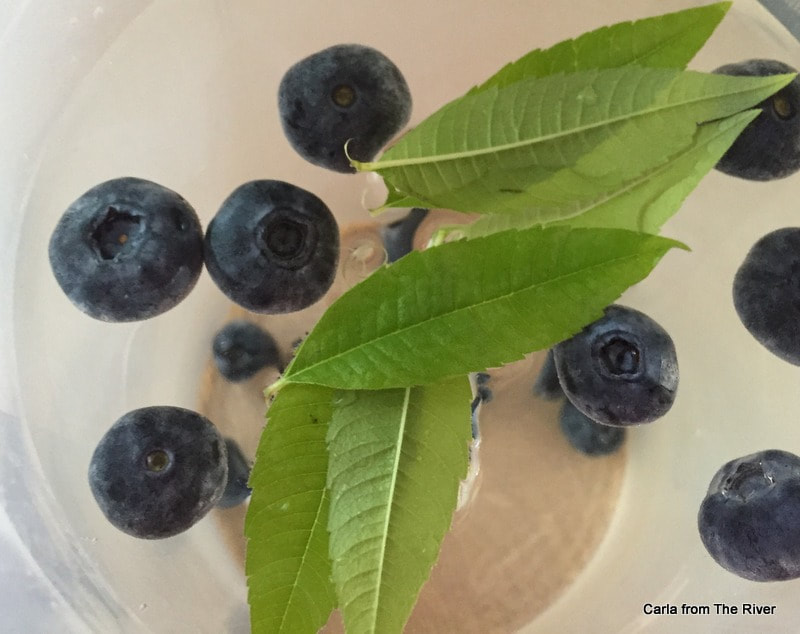
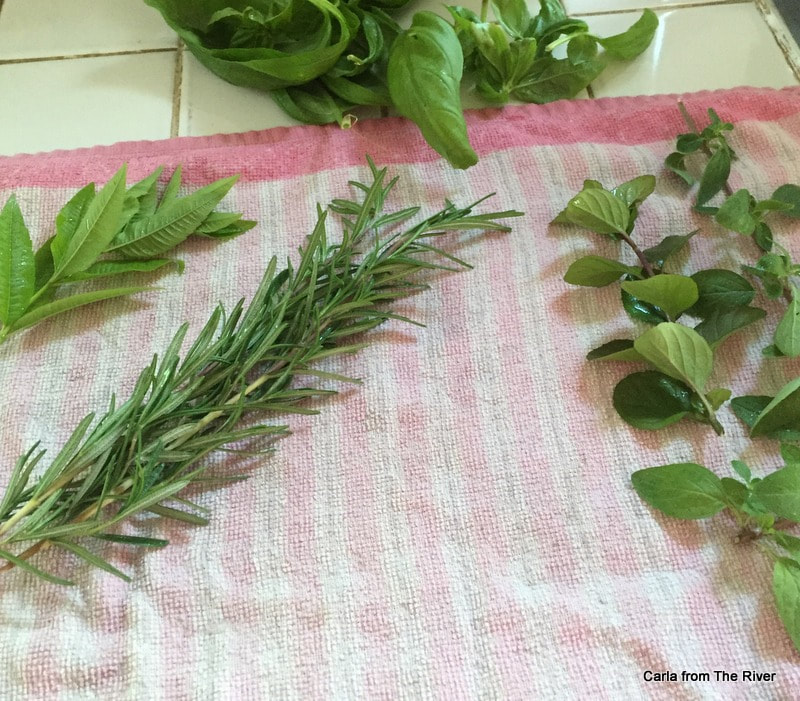
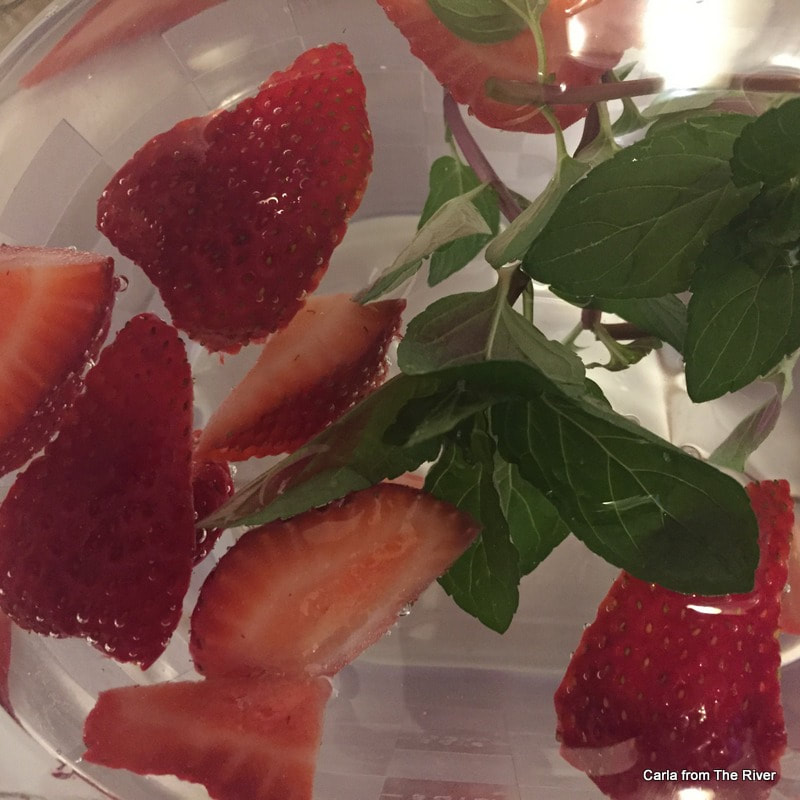
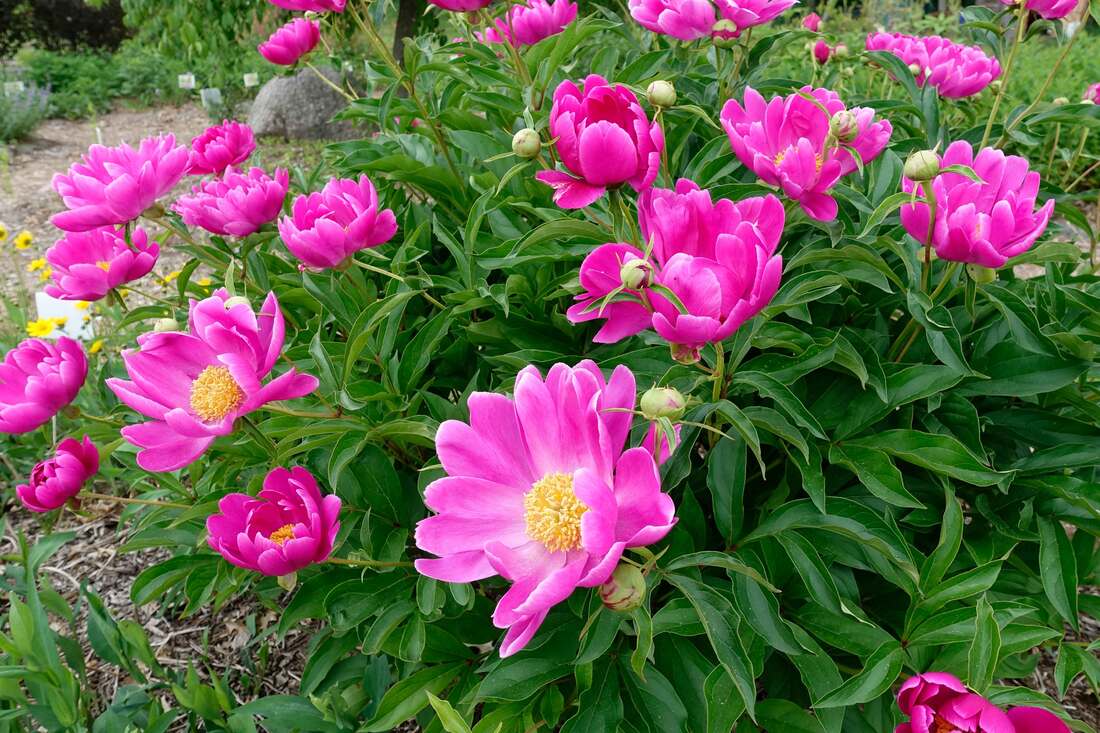
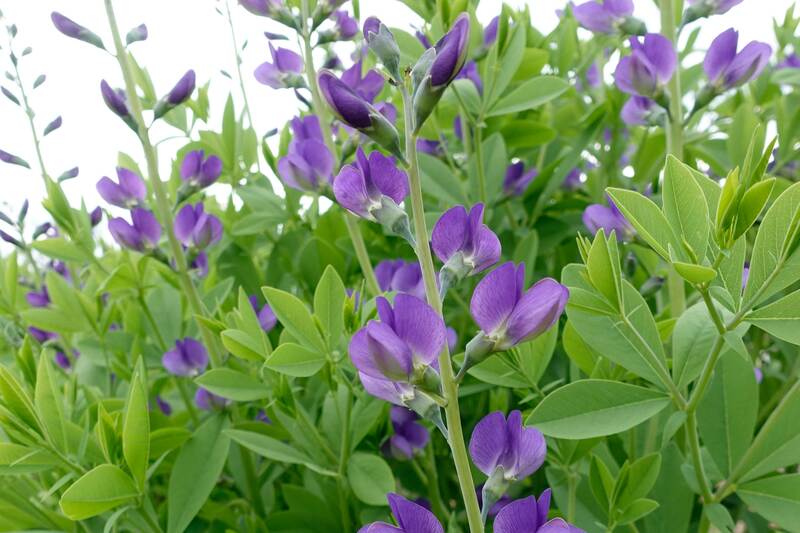
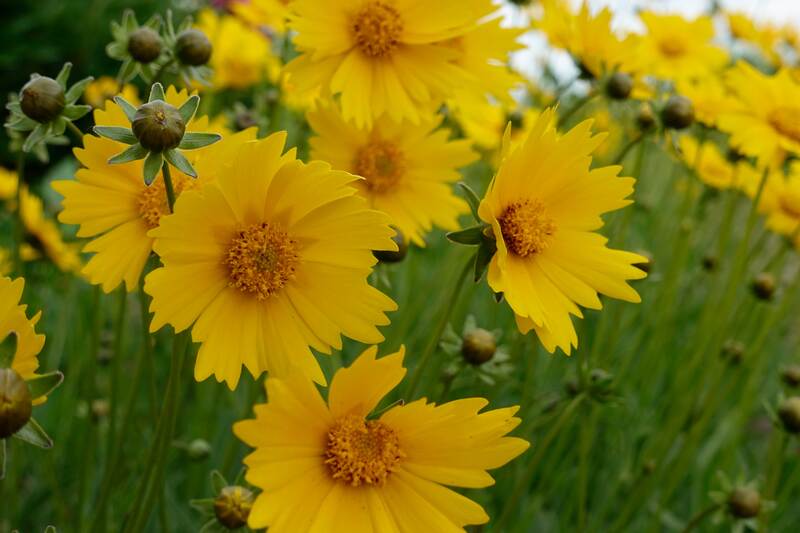
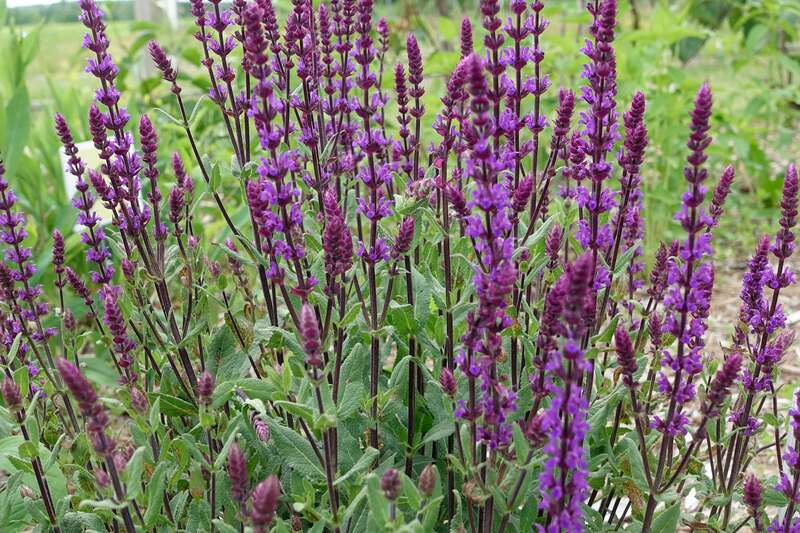
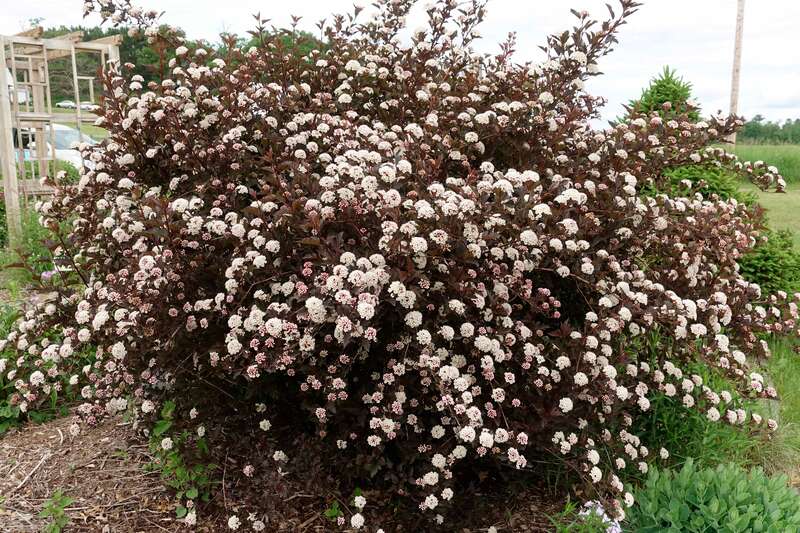
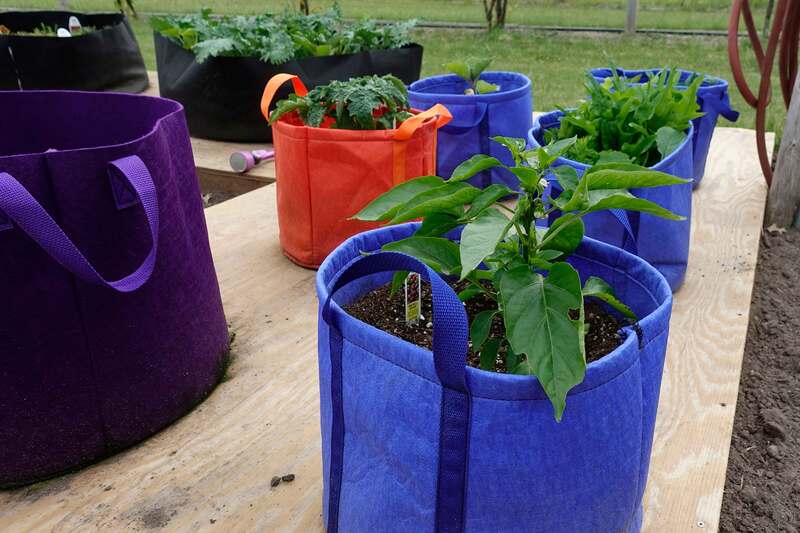
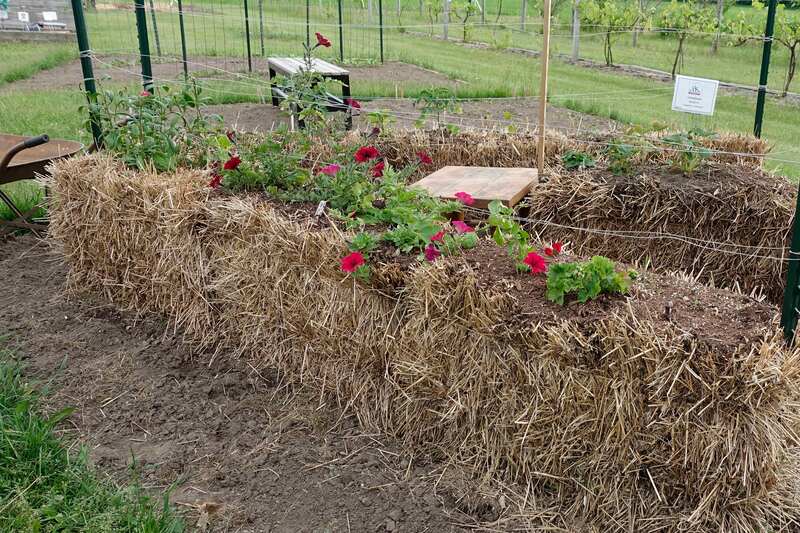
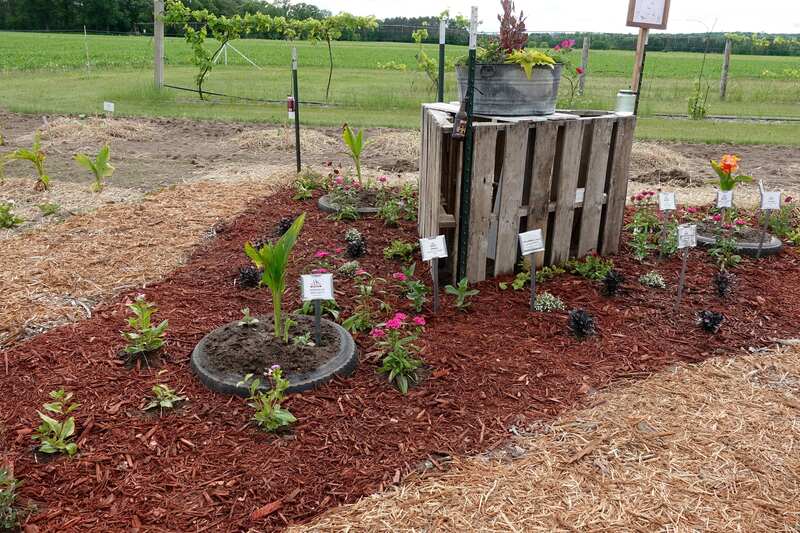
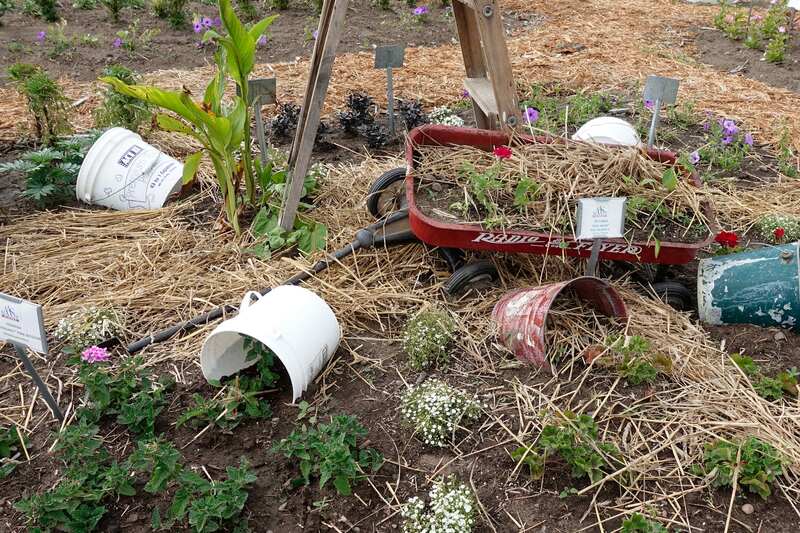
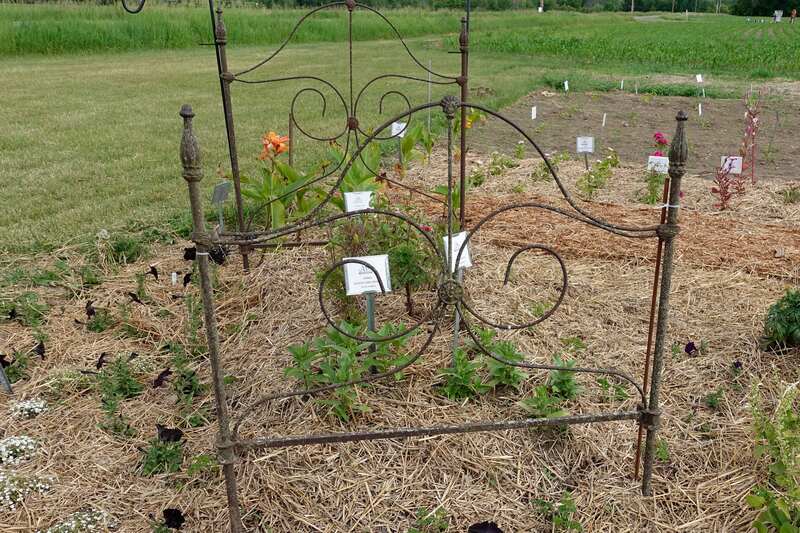
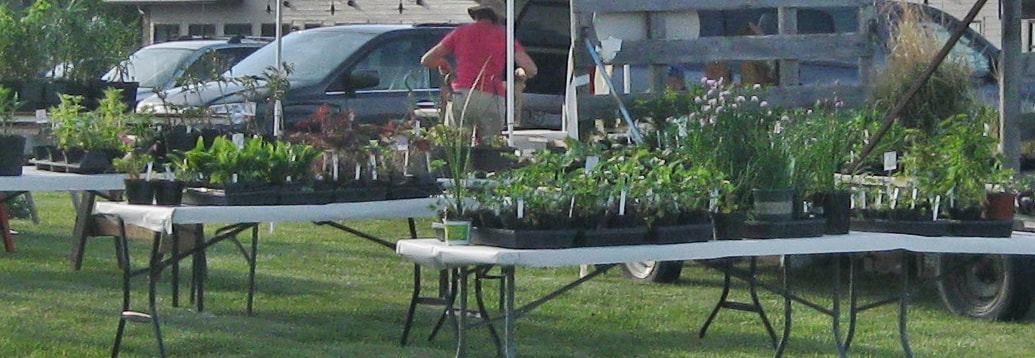
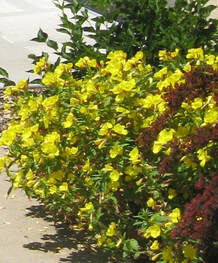
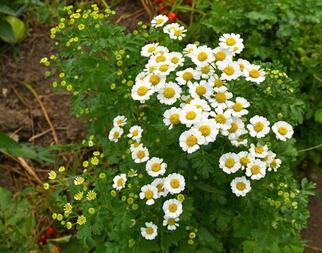
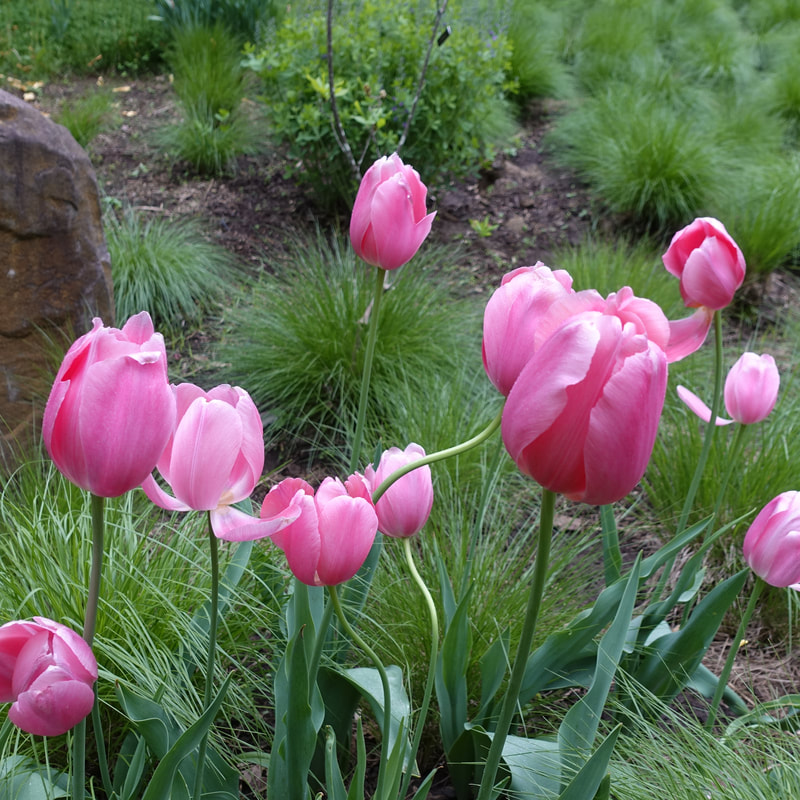
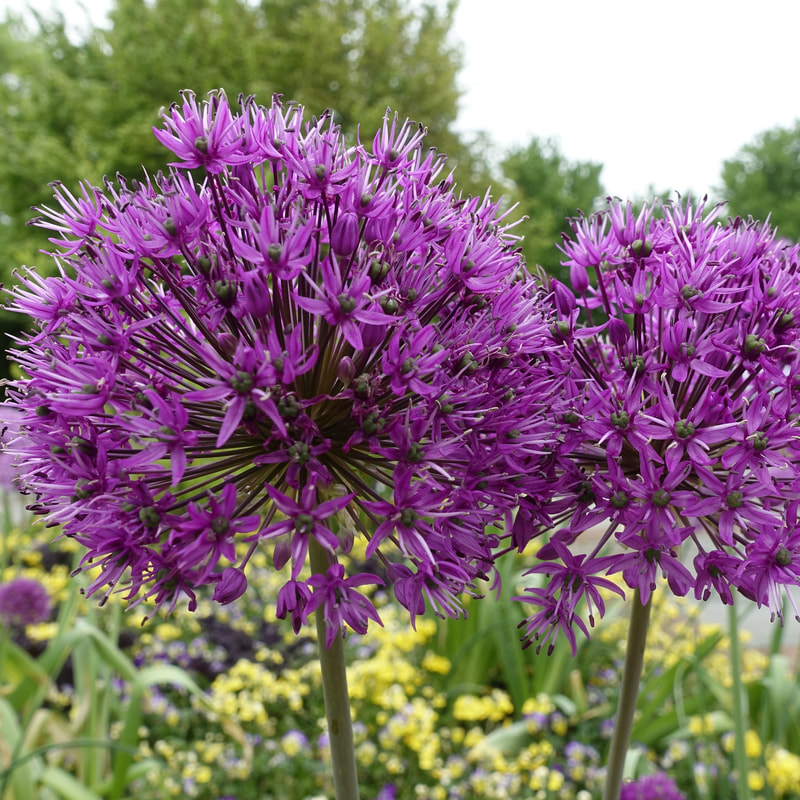
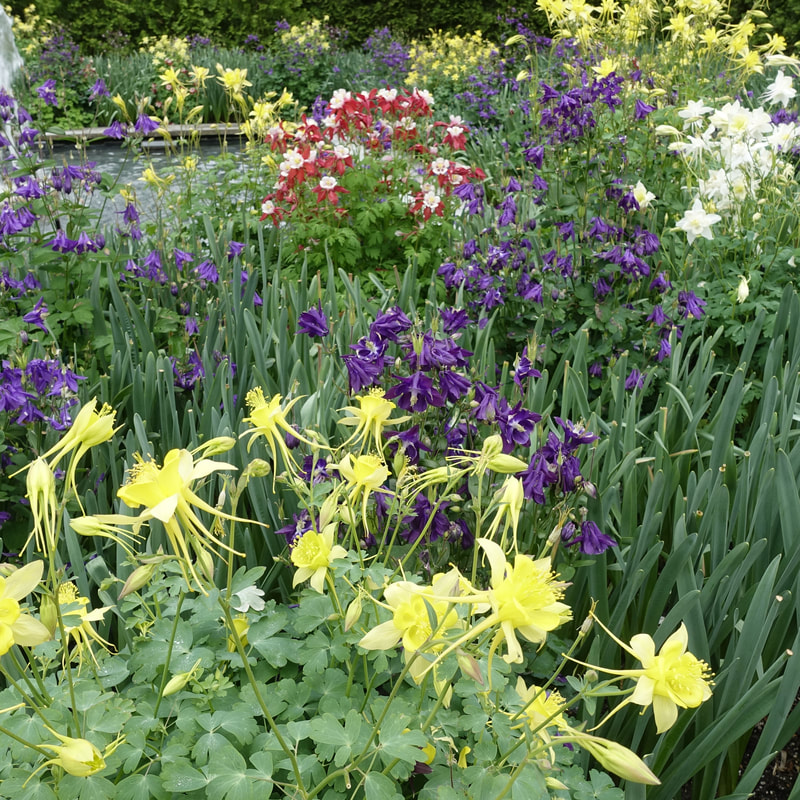
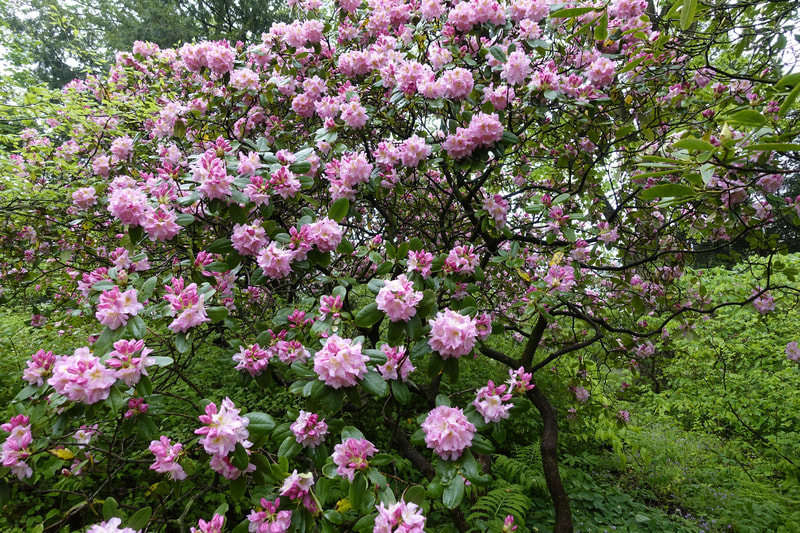
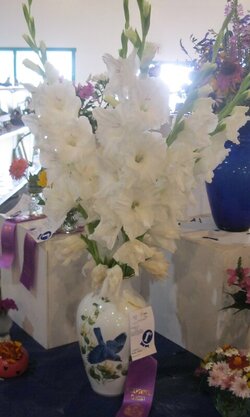
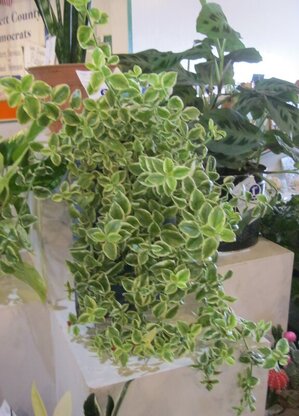
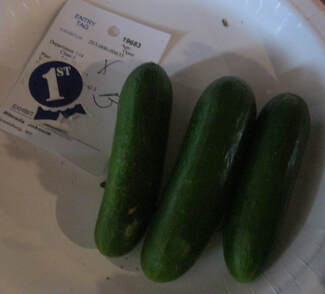
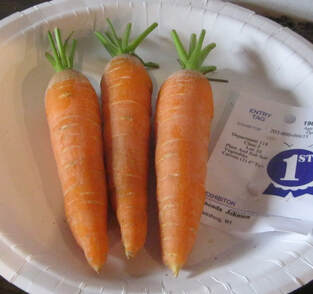
 RSS Feed
RSS Feed